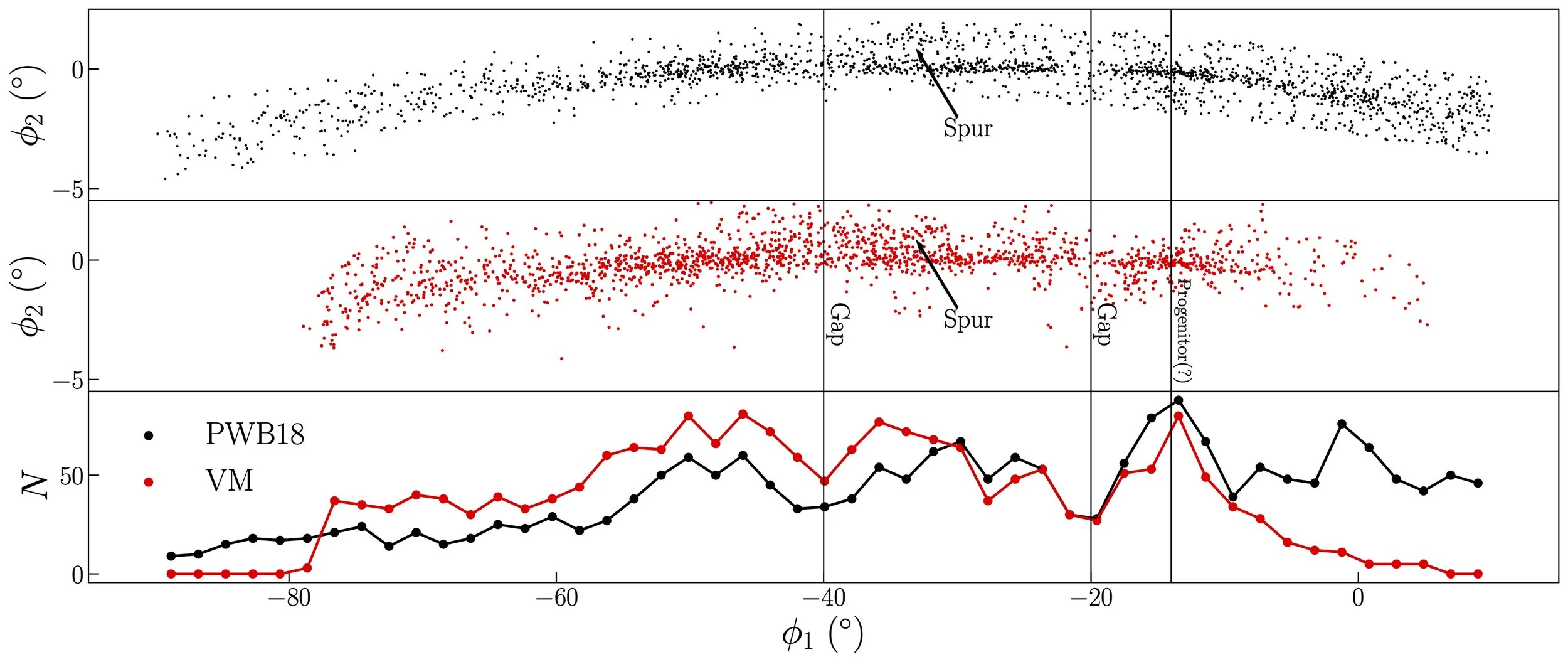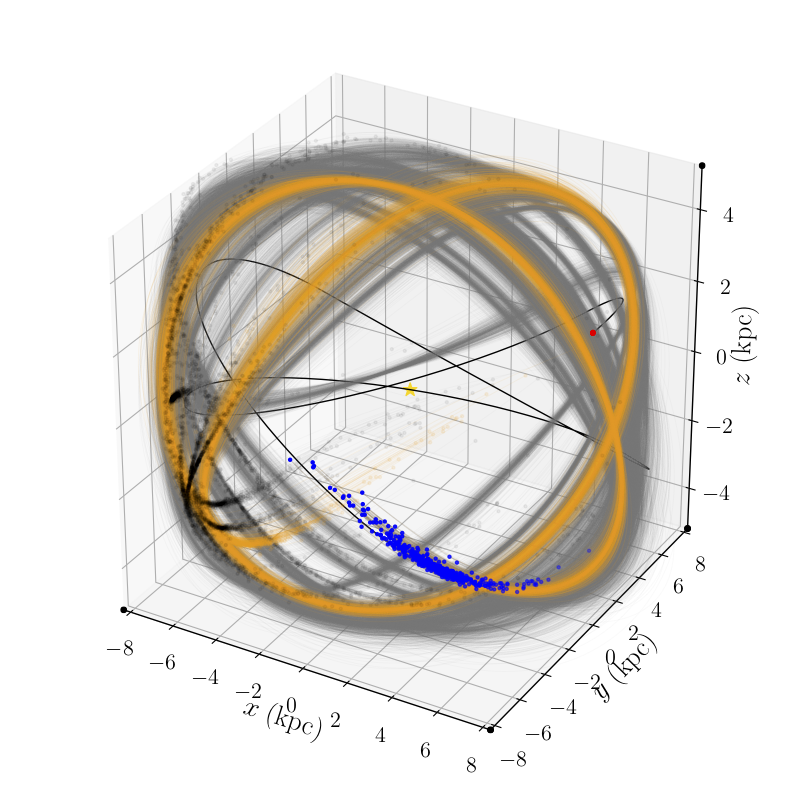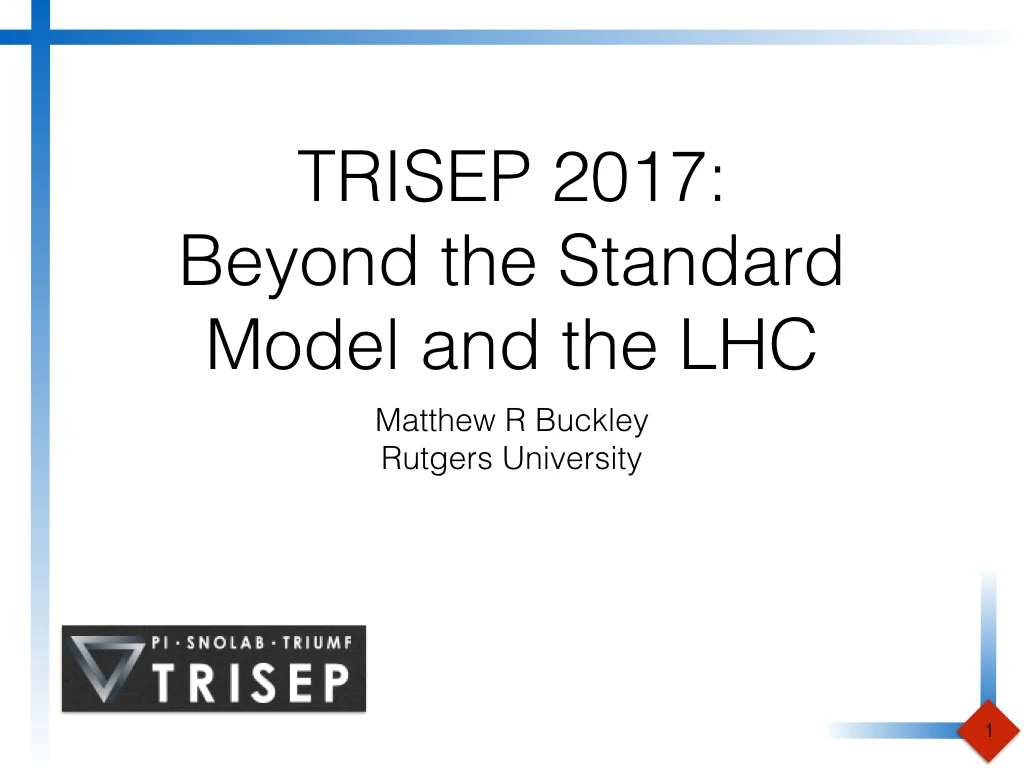Paper Explainer: General Constraints on Isocurvature from the CMB and Ly-alpha Forest
/This is a paper explainer for my recent paper “General Constraints on Isocurvature from the CMB and Ly-$\alpha$ Forest” by myself, Peizhi Du (Rutgers postdoc until recently, now a newly-minted faculty member in China), Nicolas Fernandez (Rutgers postdoc), and my student Mitchell Weikert.
This is in some ways a follow up to our previous paper which I wrote about here
That paper had to do with a new physics scenario that creates “isocurvature” in the early Universe. This paper provides model-independent limits on isocurvature, using data from the Cosmic Microwave Background, the Lyman-alpha forest, and spectral distortions.
Read More



















